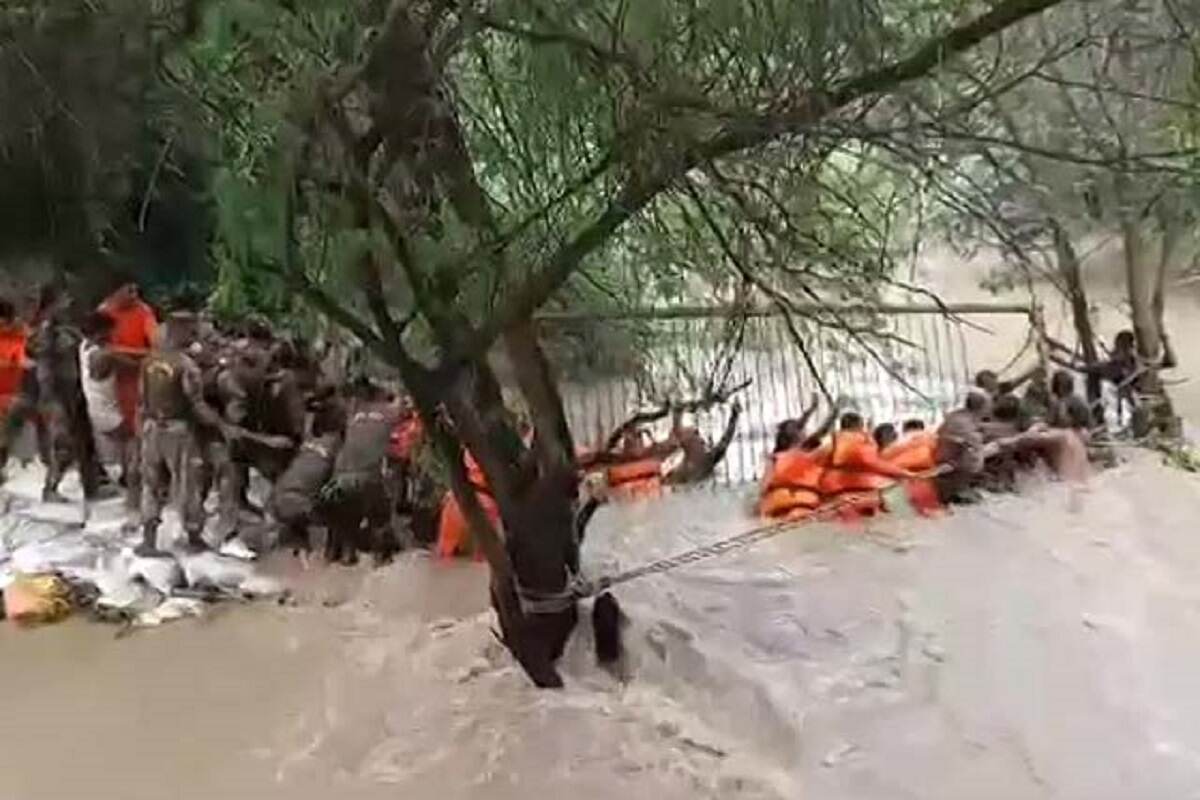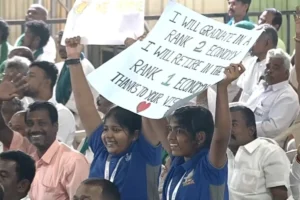
The Indian Army and Navy are playing an essential part in resolving the flooding situation in Delhi after Yamuna water spilled onto the roadways due to damage to a drain regulator and clogged sluice gates of a barrage in the capital city’s busiest traffic intersection. The Delhi government asked for the Indian Army’s assistance on the evening of July 13, when the Yamuna river was running above the danger threshold and low-lying neighbourhoods were becoming inundated.
The concerns that required the Army’s assistance were discussed by the Delhi Chief Secretary and Army officials.
Army engineers were sent to the ITO bridge barrage to cut the overhang above the sluice gates. The team worked on one of the gates all night, finishing the task in the morning. They were also ready to help unjam any stuck gates.

Early on July 14, it became apparent that a second crew was needed close to the WHO building since the regulator door had been destroyed by the Yamuna’s rush of water, which had caused the city to begin to flood.
“After evaluating the situation, the engineering team built a temporary bund to redirect the water back to the Yamuna river. Water entering the city from the backflow has been stopped. The Army’s engineer team has been deployed to the area and is ready to handle any situation, according to a statement released by the Army yesterday.
The Wazirabad Water Treatment Plant’s water supply needed to be restored, and the Army was also involved. The filtration facility is no longer operational, and the pumps used to supply the city with water are immersed in water. When the river’s water level drops, the Army will be ready to resume plant operations.
To supplement the existing resources, two more Army troops have also been relocated from the nearby Uttar Pradesh province of Meerut.

Yesterday, Chief Minister Arvind Kejriwal said that the Indian Navy was also helping them to unlock the ITO barrage’s imprisoned gates. At the ITO barrage, five of the 32 gates were stuck.
Mr. Kejriwal announced late yesterday night that the first clogged gate of the barrage was opened after over 20 hours of nonstop work. A hydra crane was used to lift the barrier after a diving team used a compressor to remove the dirt from beneath the sea.
To read more such news, download Bharat Express news apps






















